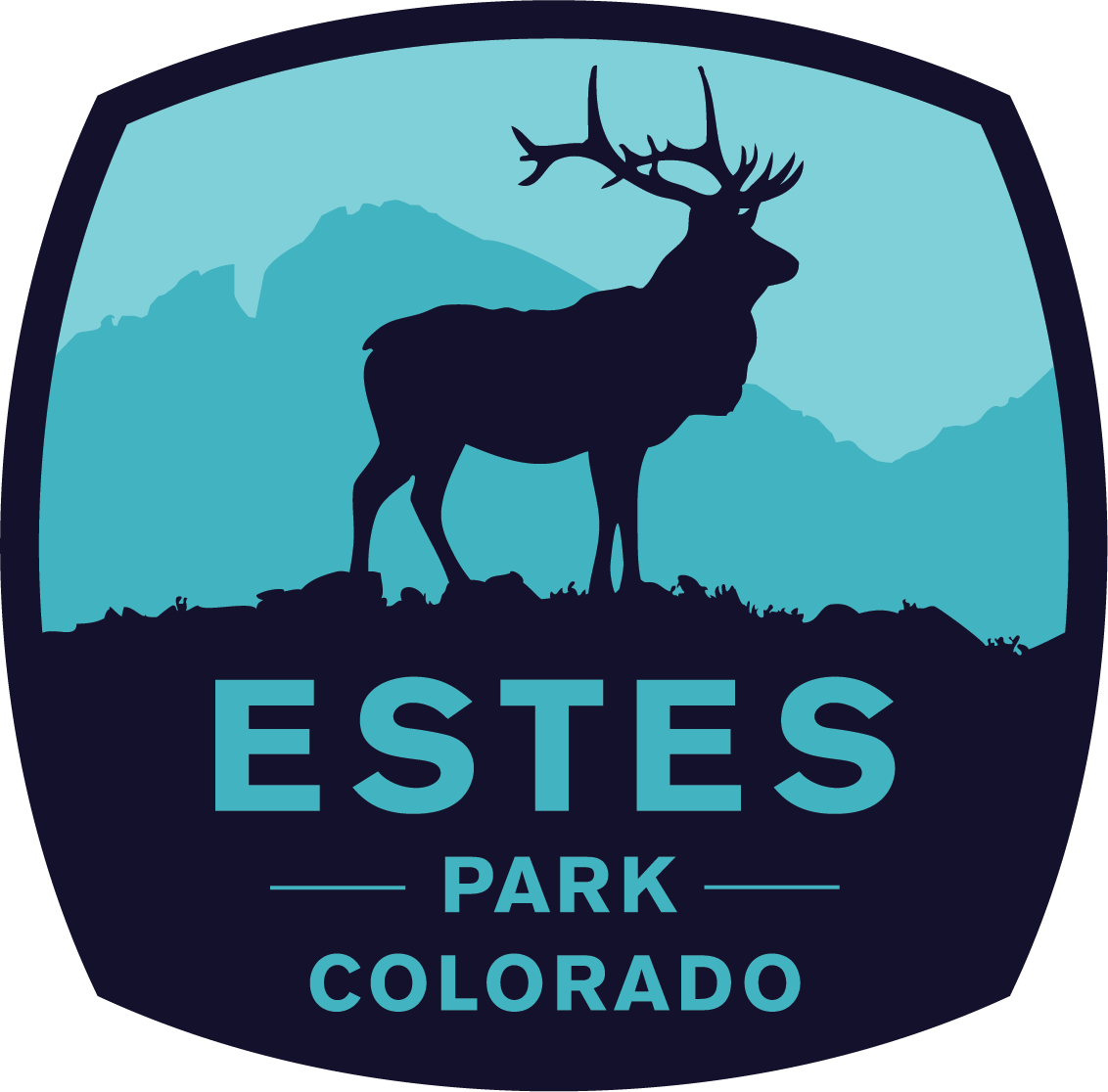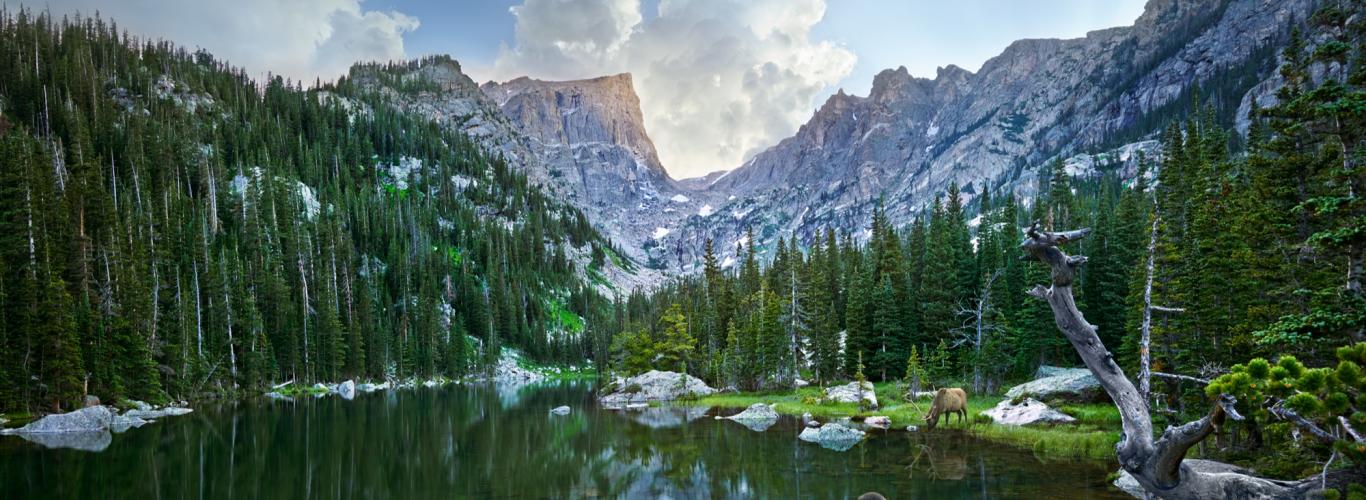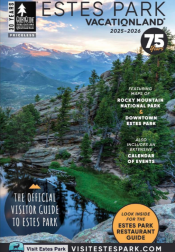These mighty four-legged creatures inspire wonder and awe… and sometimes confusion. If you’ve ever wondered how they’re different, read on.
First. Let’s be honest, many of us haven’t just wondered how they’re different. Many of us have wondered, at times, which one we are actually looking at – especially if it is a female without her species distinctive antlers. They do look an awful lot alike, after all, and it’s not just because we may or may not need glasses. Okay, personal eyesight issues aside, deer, elk and moose share features because they all belong to the taxonomic Cervidae family, which contains 47 species around the world. Now that you know you’re not alone…
Deer
Deer are the smallest, quickest species of the three; they’re the ones you see bounding around and, possibly, darting out in front of your car when you’re driving. There are many species of deer that range in size and average weight, including Eld’s deer, Sambar deer, and the Indian hog deer to name a few. Mule deer are found in and around Estes Park and weigh between 120-330 pounds on average.
Where you’ll see them: Search for them feeding in open, shrub-filled areas between dusk and dawn.
Fun fact: Mule deer are named for their ears, which are large like a mule’s ears. Also – their bounding run has a fun name: stotting.
Elk

Elk are the mid-sized family members, compared to deer and moose, averaging between 710-730 pounds. Deer tend to look petite compared to them and moose often dwarf them. Like deer, elk will get in your way when you’re driving, but they tend to amble into your path rather than dart.
Elk attract a lot of attention in Estes Park in the fall, during their rutting season. Large harems can be found throughout town with alpha and challenging males bugling, and sometimes, fighting. If you witness this behavior, you’re definitely observing elk! Also, if you witness this behavior… keep your distance and practice safe wildlife viewing practices. Elk are wild animals living wild lives and are unconcerned with your perfect Instagram shot… just sayin’.
Where you’ll see them: In the heat of summer elk are found in the alpine areas of Rocky Mountain National Park. As the weather turns cold the elk descend into the town of Estes Park where they can be found… nearly everywhere. Wapiti Meadows, below the dam on the east side of Lake Estes, is a beautiful place to find them in town. Take a picnic lunch and a fishing pole along and make a day of it – the Big Thompson River runs along the meadows and is an idyllic fly fishing location.
Moose
Moose are the largest, weighing in at 840-1500 pounds on average and often seem to be about the size of a horse. They have distinctive antlers – where deer and elk antlers are spindly a moose’s antlers are broad. Their heads are distinctive as well – they have a long, broad snouts (yes, think Bullwinkle) and a flap of skin, called a dewlap, that hangs from their chin area. Moose are less common on the east side of the Continental Divide (where Estes Park and Estes Park’s entrances to Rocky Mountain National Park are located), so there is less risk of running across one while driving, but it has been known to happen.
Where you’ll see them: In and around rivers and lakes that are abundant in aquatic vegetation and willows.
Fun fact: They’re surprisingly fast. For a creature with that much antler and a humped back, moose can clock up to 35 miles per hour.
Safe and respectful wildlife viewing
Deer, elk and moose live in an around Estes Park so when you’re here you are likely to run across them. Just like elk, deer and moose are wild animals living wild lives – they are not domesticated animals and deserve space and respect. Believe it or not, there is a misconception that these animals are domesticated and managed by the town of Estes Park or nearby Rocky Mountain National Park. Many of us also seem to think they wish to be front and center in our Instagram posts. They don’t. Study our tips for viewing wildlife safely and respectfully.





